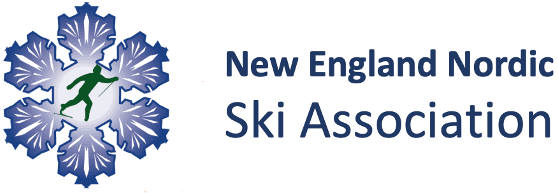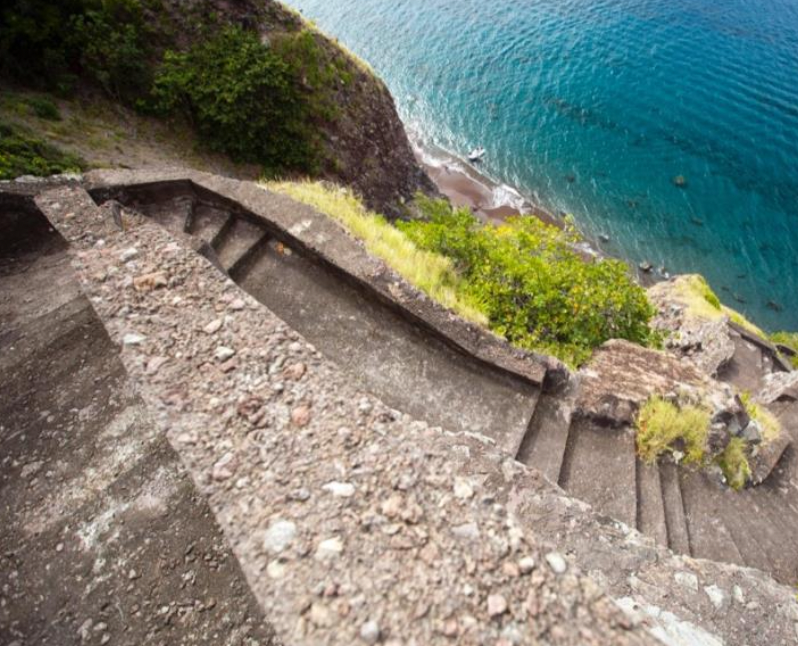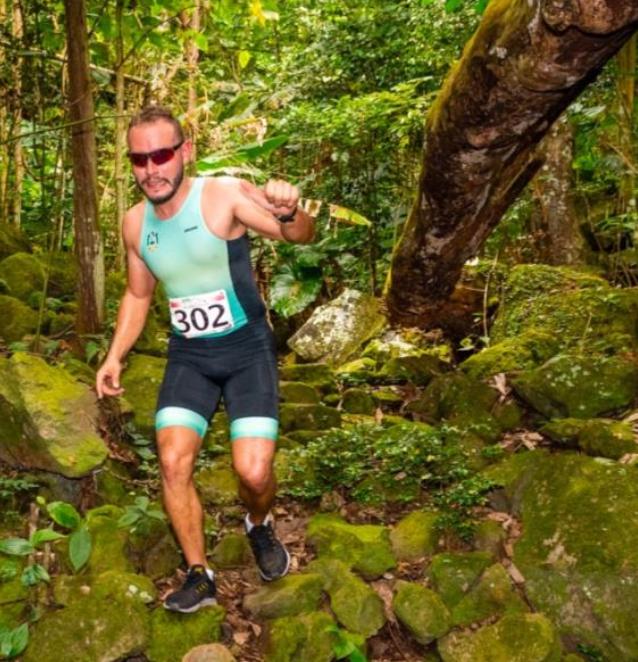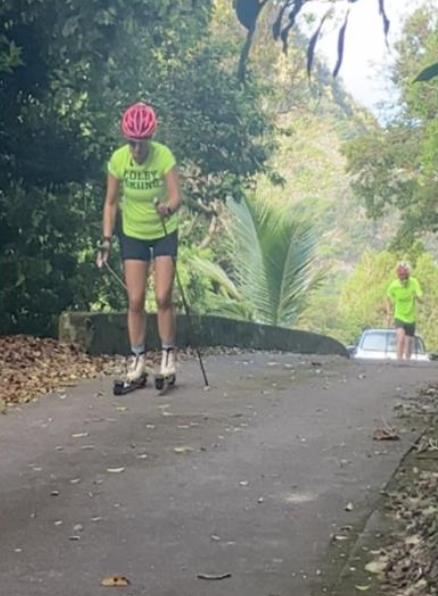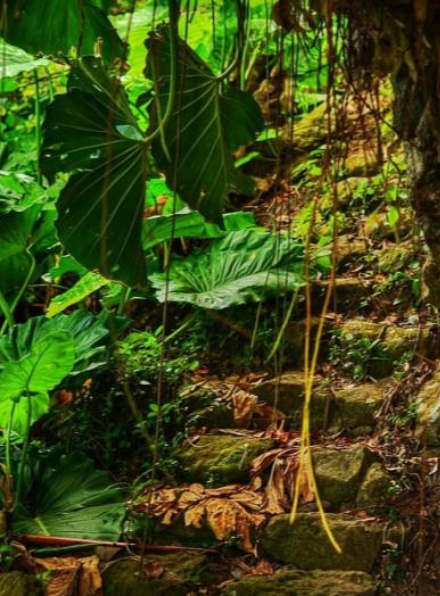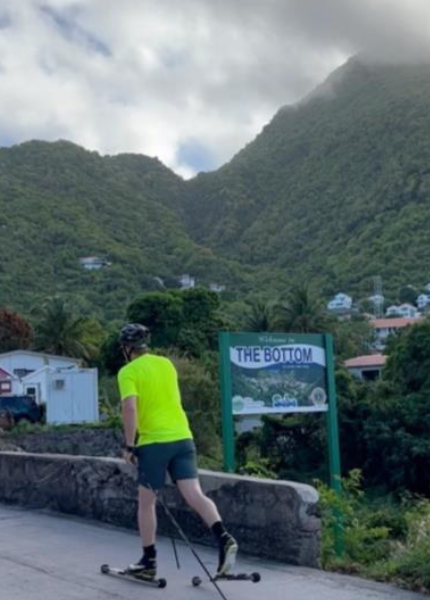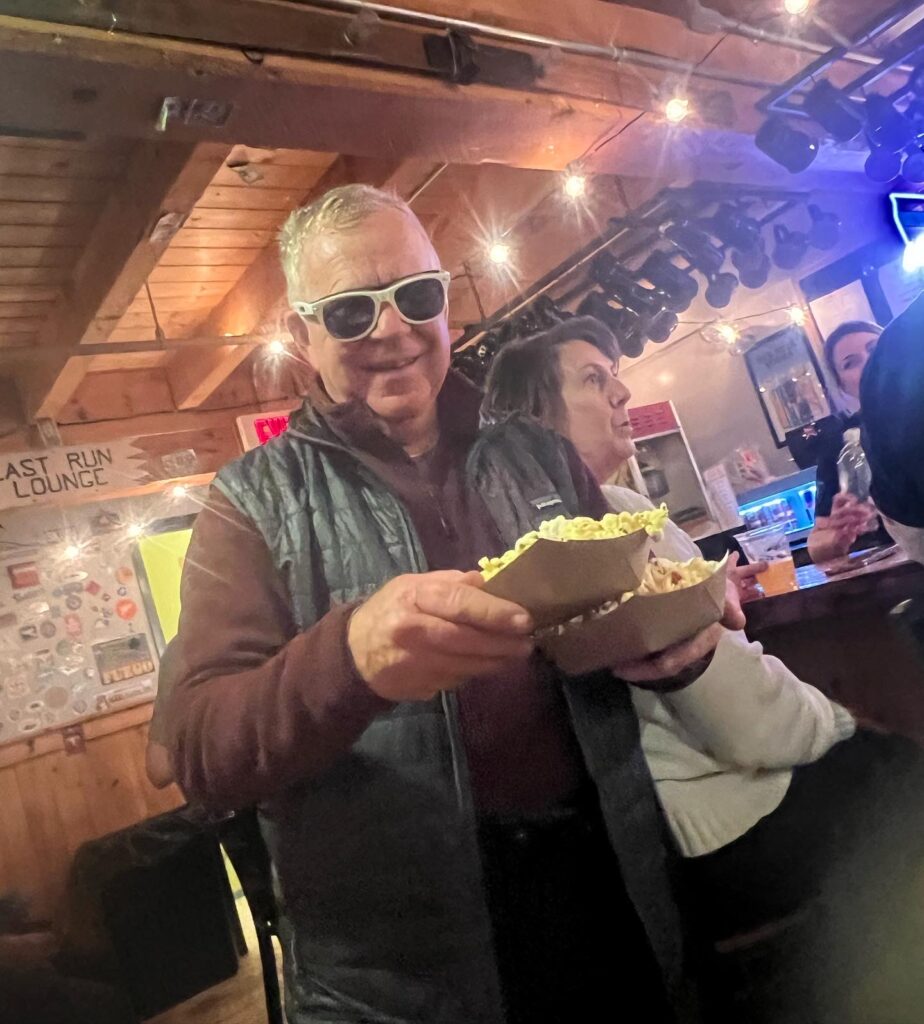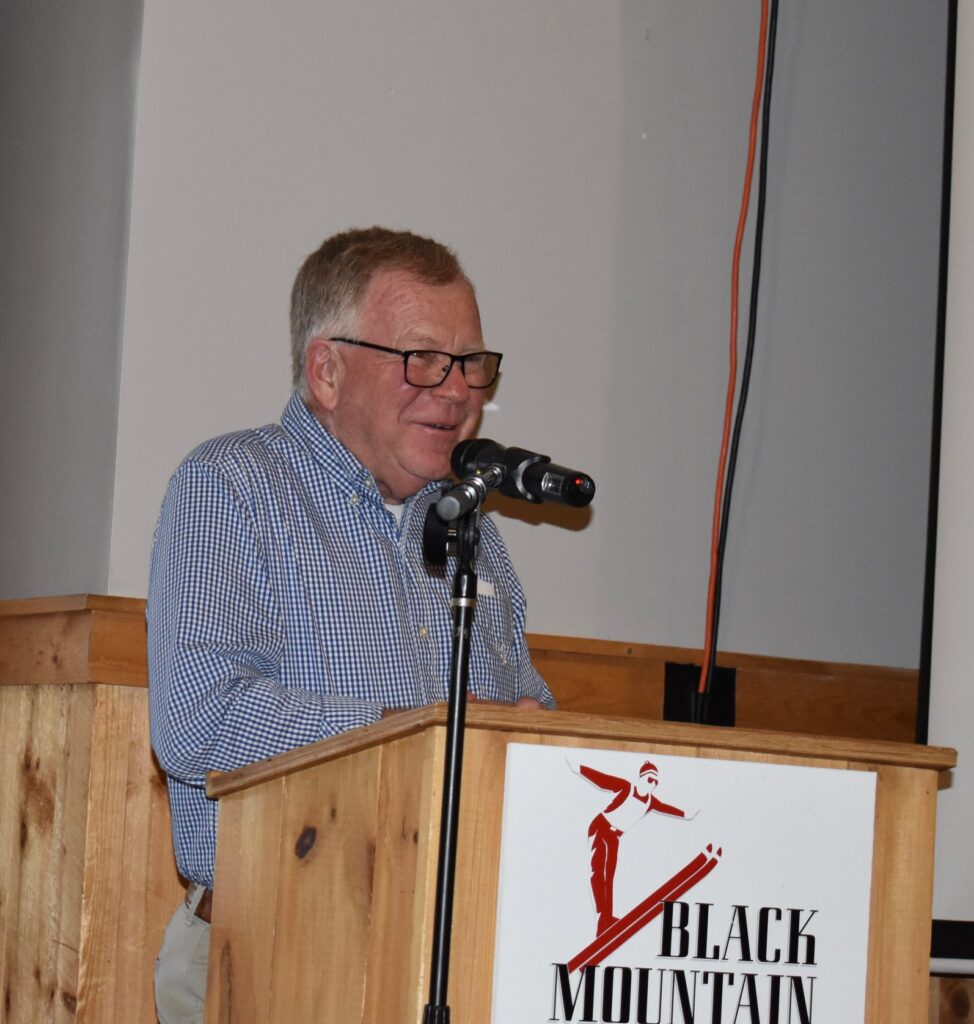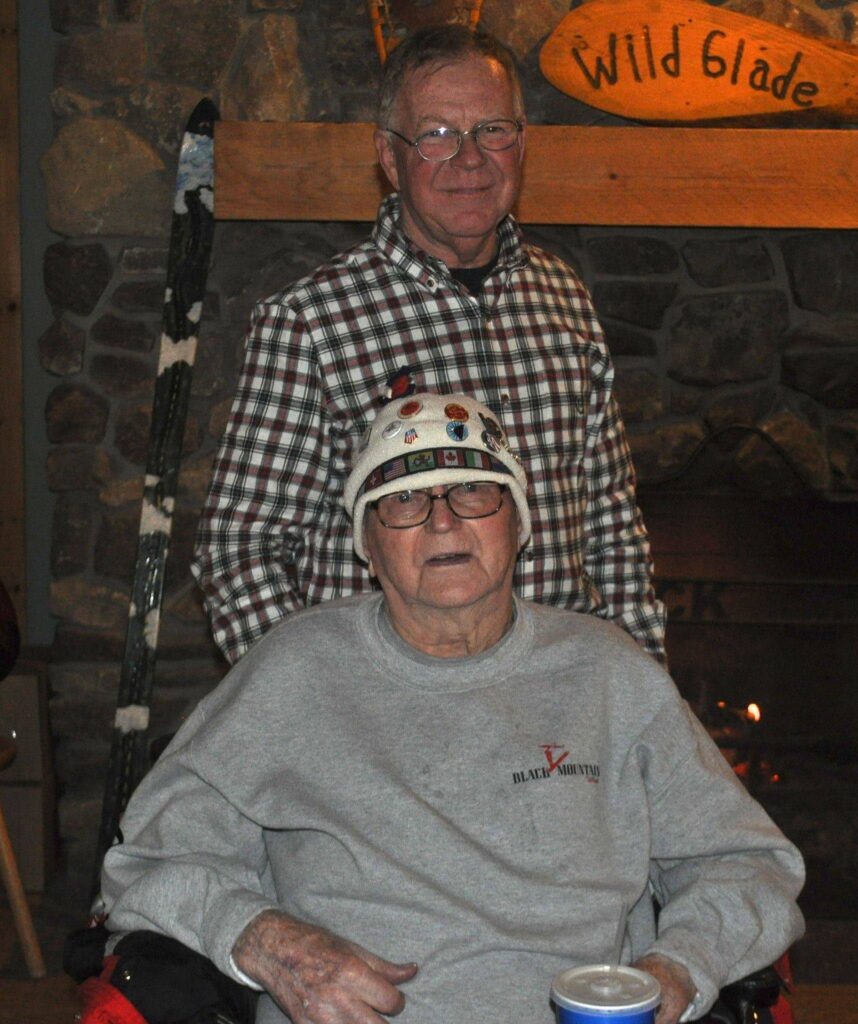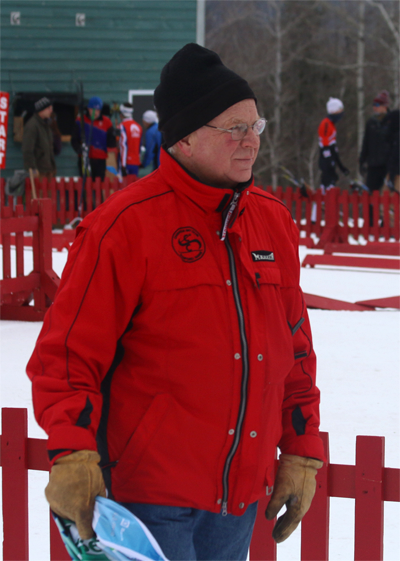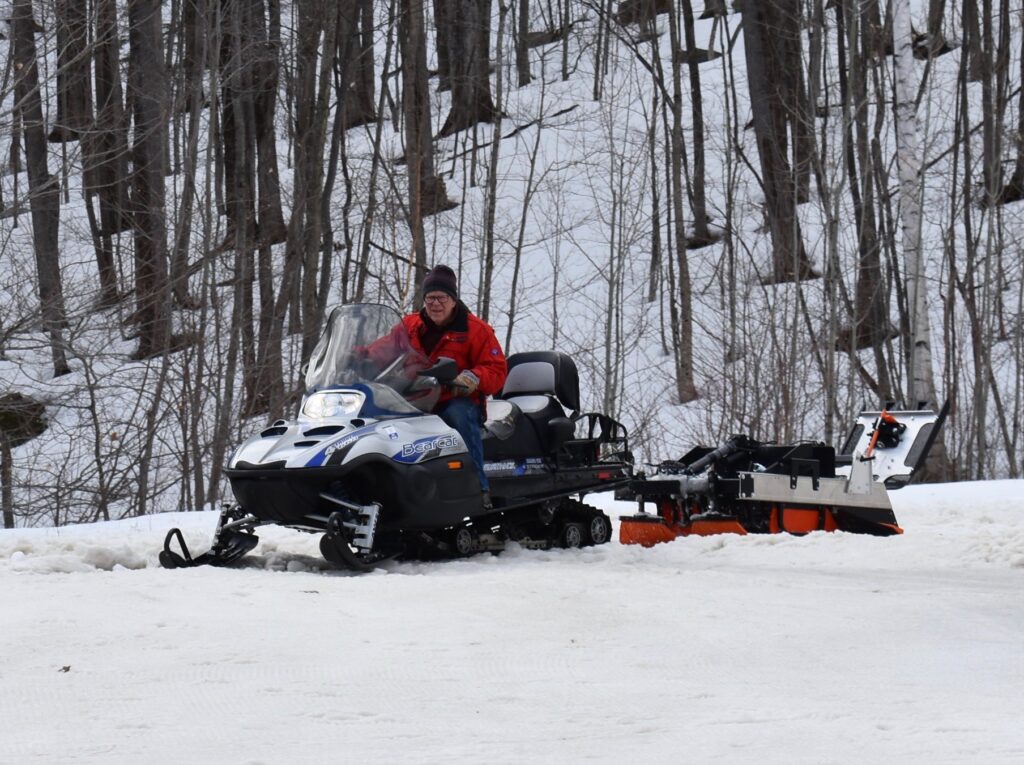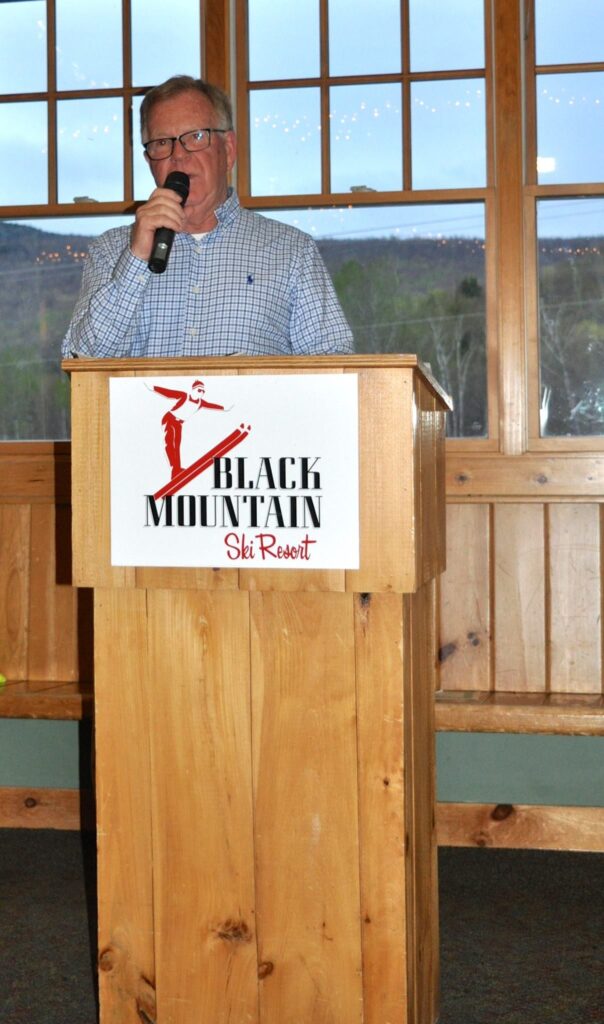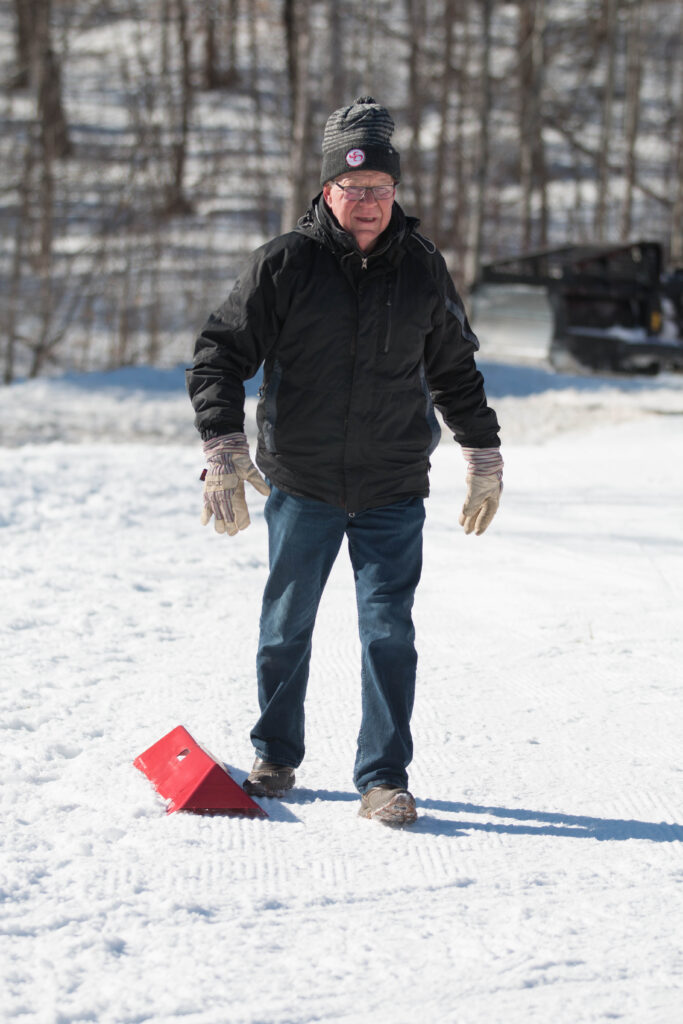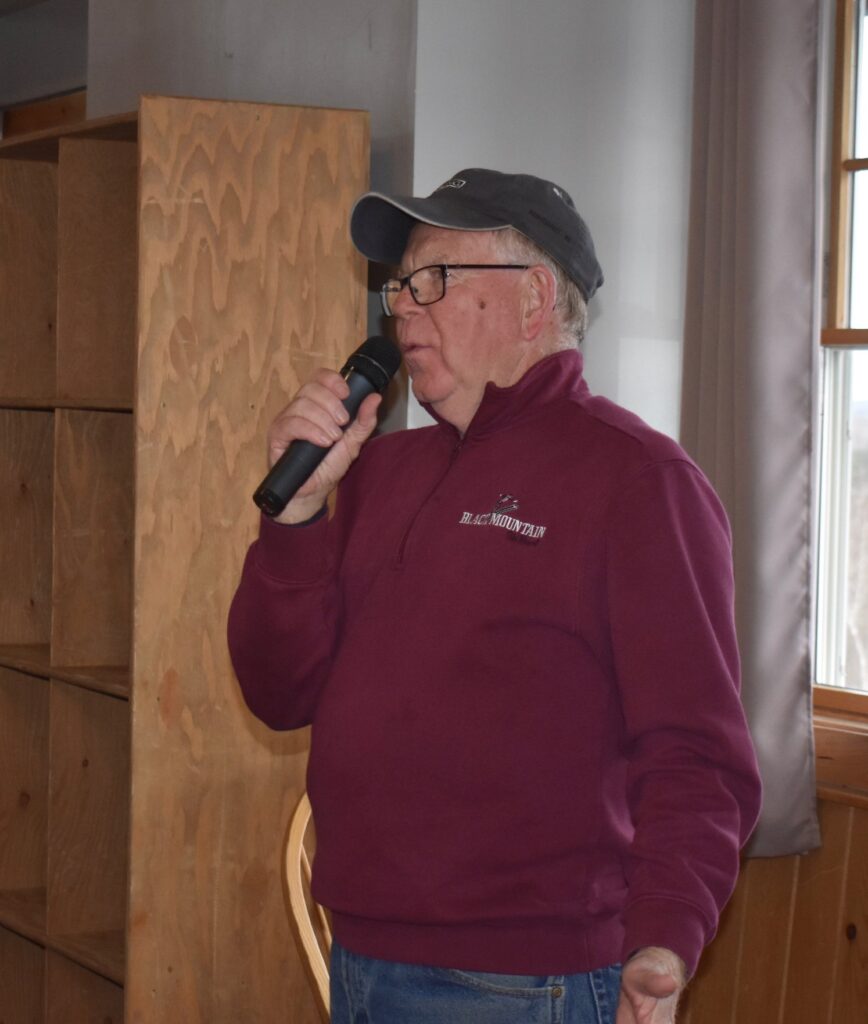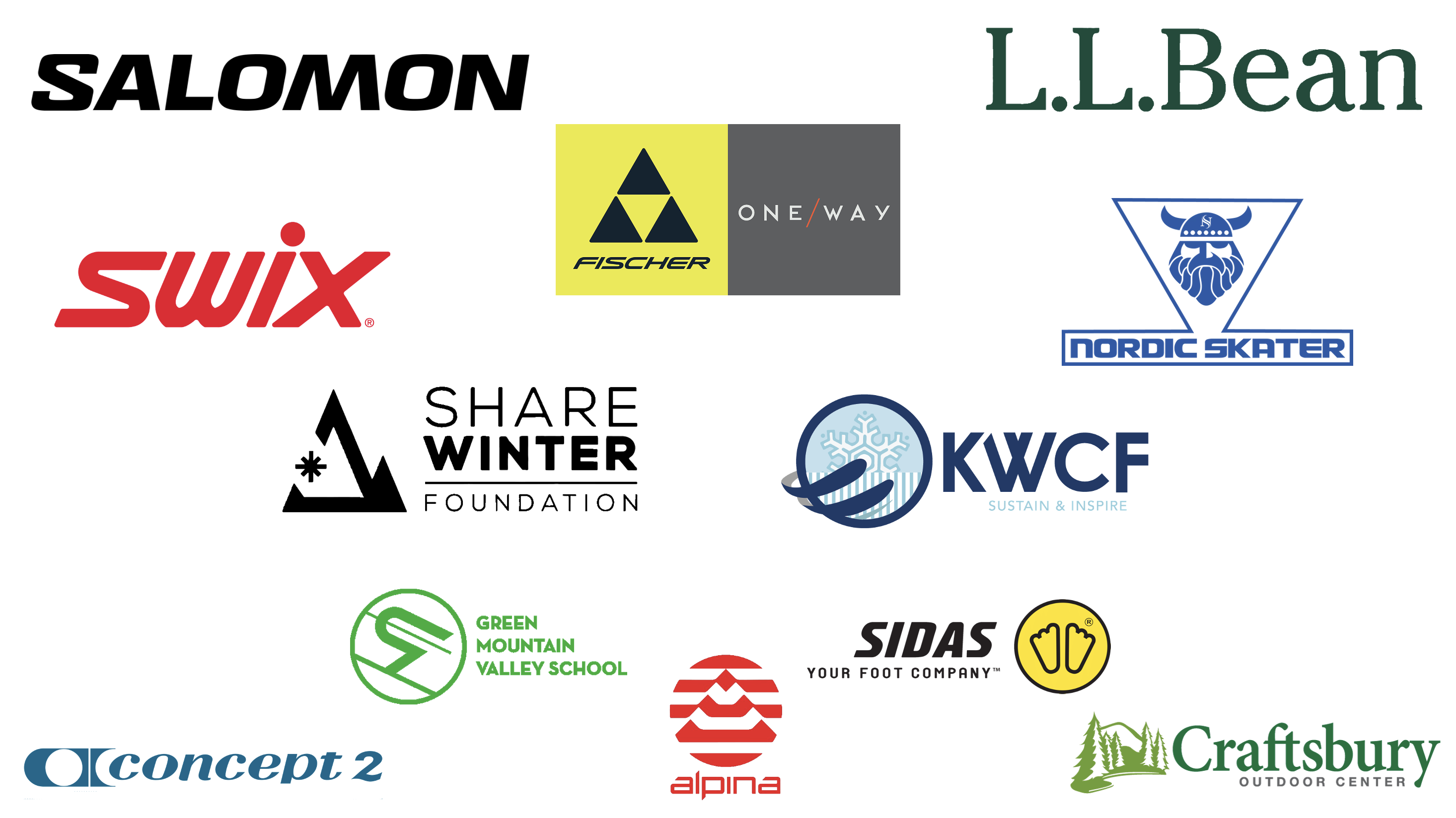
NENSA’s annual Winter Auction is LIVE and features over 150 items. Check out all of the wonderful offerings…art and handcrafted items, vacation rentals, special experiences, delicious treats, ski gear, clothing, and accessories…and watch for new arrivals. There is something special for everyone and we would like to take this opportunity to express our sincere thanks to all of our sponsors and supporters for their generous contributions.
Funds raised in NENSA’s annual auction are crucial for advancing our mission and directly support daily operations beyond what membership and entry fees cover.
The auction runs for two weeks only through December 3. Please keep an eye on the site for new items and thank you for supporting NENSA!
